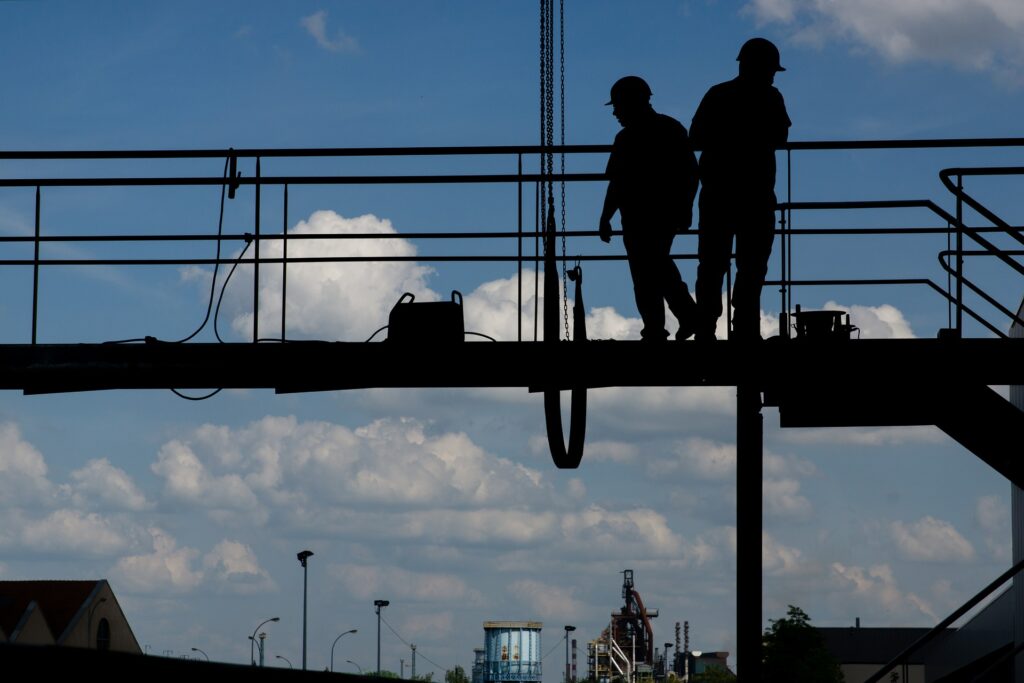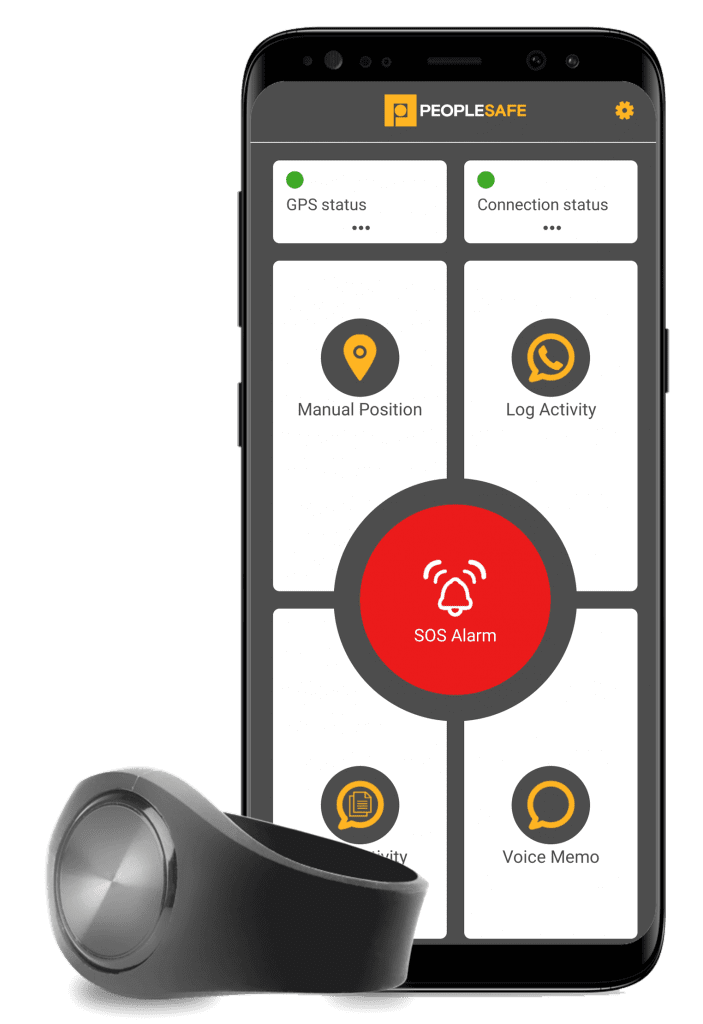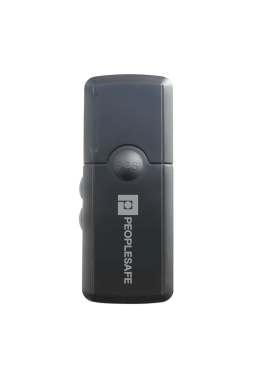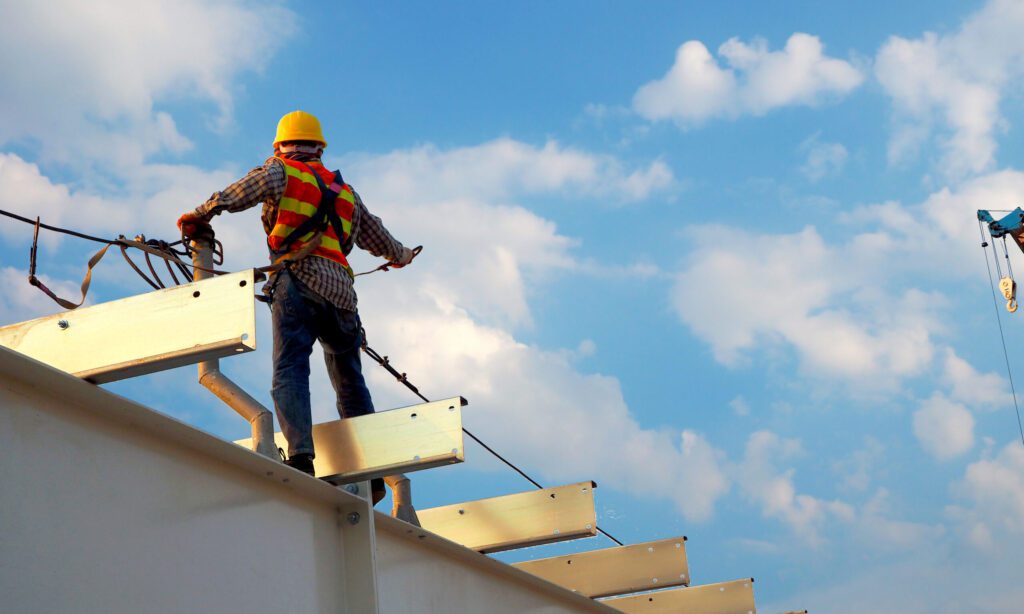Working at height is both an environmental and task-based risk that has serious ramifications when it goes wrong. Falls from height remain one of the biggest causes of workplace fatalities and injuries in the UK, accounting for 40% (35) of fatal injuries in 2020/21, as well as 31,000 non-fatal injuries. Whether you work at height regularly or only on occasion, working safely should always be a top priority.
What is work at height?
The HSE defines working at height as working in any place where, if there were no precautions in place, a person could fall a distance liable to cause personal injury. This means that you are working at height if you:
- work above ground floor level,
- could fall from an edge, through an opening, or through a fragile surface, or
- could fall from ground level into an opening in the floor, such as a hole in the ground or a well.
As an employer, it is your responsibility to ensure the health and safety of employees, including implementing measures to protect them against falls from height. Additionally, to comply with the Work at Height Regulations (2005), you must ensure:
- all work at height is properly planned and organised,
- those involved in work at height are competent,
- the risks from work at height are assessed, and appropriate work equipment is selected and used,
- the risks of working on or near fragile surfaces are properly managed, and
- the equipment used for work at height is properly inspected and maintained.
The HSE advises that it is best to avoid working at height wherever possible. However, when working at height can’t be avoided you should take steps to prevent falls and minimise the consequences of a fall.
1. Conduct a working at height risk assessment
As with any work activity, it is vital to conduct a thorough risk assessment to identify all potential hazards. A risk assessment should be conducted at least annually and organisations with more than 5 employees are required to record any significant findings. Your risk assessment should cover all the risks faced by each different type of employee. For example, construction workers may complete work on a fragile roof where they are at risk of the surface collapsing, whereas a surveyor may use a ladder to inspect roofing, where they are at risk of the ladder being unstable.
To ensure all risks are considered, go through the list of tasks that each of your workers completes in a typical week and consider the hazards faced during each one. Where possible, those completing the task should have an opportunity to read the risk assessment, ask questions, raise any concerns they may have and suggest any risks that have been missed.
Failure to conduct a proper risk assessment can lead to serious injuries and even prosecutions. Recently a construction company was fined £36,000 for breaching the Work at Height Regulations 2005 after a makeshift platform with two men working on it collapsed and fell approximately eight feet to the concrete floor below, resulting in serious injuries.
An investigation by the HSE found that the employer did not properly plan the work at height, as the risk assessment and method statement failed to consider how the risk of falling from height would be prevented. The company failed to ensure that there were suitable measures in place for preventing the employees from falling. Speaking after the hearing, HSE inspector Sinead Martin said: “This incident could have been prevented had the company properly planned the work at height and identified and implemented suitable control measures.”
2. Implement working at height training
For employees to work safely at height they must be properly trained and educated on the risks they will face and best practices to overcome these. Formal certifications are available through the CSCS, PASMA or IPAF, which will provide attendees with a UK competence card.
Once initial certification is achieved, refresher training should be conducted within the recommended timeframes, which is at least every 5 years for most UK competence cards, although shorter more frequent training can be beneficial in ensuring safe practices are consistently followed.
When employees regularly complete the same tasks there is the risk that they may go into ‘auto-pilot’ mode. This can result in complacency as employees become desensitised to the dangers they face and therefore make more risky decisions.
To reduce complacency, employees should frequently be reminded of the risks faced by their routine tasks. Another method is to develop a quick and simple SOP (standard operating procedure) with written instructions, walking workers through the steps they should take to work safely. This will allow employees to easily identify if they have skipped a step in the process and reinforce the correct procedures.
3. Invest in PPE for working at height
When choosing the PPE needed for the job, there are several factors to consider. For example, the number of workers that will be present, the height of the task, the location of the task, and the condition of the surface being worked on. Your risk assessment will be useful in this stage as the likelihood and level of risk should already have been identified.
Some forms of protective equipment to consider are:
- Collective protective equipment (CPE) for example scaffolds or fixed guardrails
- Personal protective equipment (PPE) for example safety harnesses and helmets
- Smart PPE (or PPET) for example technology designed to raise an alarm for help once the fall has taken place
Once the necessary forms of safety equipment have been identified, it’s essential to choose the right piece for each job. For example, if you have employees working at height with heat, then a standard harness may not be appropriate as they are often made from highly flammable nylon.
Passive forms of protection, such as guardrails, are one of the most common and most effective as they require no training, but still improve personal safety and help to achieve compliance.
4. Complete safety equipment maintenance
Once the correct hardware is in place, maintaining its quality is vital in ensuring it remains in working order. Personal PPE such as harnesses and lanyards need to be thoroughly inspected at least annually, however, some checks should be conducted before every use.
Anyone checking the equipment must understand what they’re looking for, be able to identify what is cause for concern and be aware of the steps to take if they find an issue. To make this easier, checklists can be found online or created that include all areas that need to be inspected, as well as things to look out for. This will typically include keeping an eye out for rust, cracks or breaks, ensuring that fittings are secure, and ensuring that labels and instructions can still easily be read.
In 2016, the failure to maintain a crane’s walkway access panel led to the fatality of an electrician. While repairing wiring on a large overhead gantry crane, an access panel gave way, causing him to fall eight meters to the ground below. The company was fined £1.5 million.
5. Ensure proper use of MEWPs
Mobile Elevator Working Platforms (MEWPs) are machinery used for working at height across a range of industries, including construction, warehouses, film, and mechanics for heavy goods vehicles. However, they can be incredibly dangerous if not used correctly.
A range of MEWPs has been designed for different working conditions taking the work environment, ground conditions, any obstacles and weight allowance into consideration. Choosing the correct machine is vital for safe usage.
When it comes to using the MEWP, these steps should be followed:
- Check that the conditions are suitable for working at height. High winds can tilt platforms and storms can make platforms slippery, so working in these conditions should be avoided where possible.
- Conduct a pre-use inspection to ensure the machine is in good working condition and check any nearby potential hazards, such as overhead cables.
- Ensure any outriggers being used are extended and grounded and that the surrounding area has been cordoned off.
- Wear an adjustable harness attached to a suitable anchor point when the platform is elevated.
As with any piece of equipment, keeping it in safe working order is crucial. This includes keeping it tidy and uncluttered to avoid tripping while on the platform, fitting effective guardrails and regularly inspecting for wear and tear.
6. Follow working at heights ladder regulations
Ladders can be viewed as ‘simple equipment’, often causing them to be overlooked. However, ladders account for around 40% of falls from height, so they should not be disregarded when it comes to health and safety practices.
Before using a ladder, consider whether it is the best solution for the task, or if a MEWP would be more appropriate. If a ladder is the most appropriate tool, follow the 3 steps to safe ladder handling:
- Make sure the ladder extends 3 feet above the height you are climbing.
- Have a 4:1 ratio of rise to run. This means that for every four feet high the ladder rises, the base of the ladder should be one foot away from the structure.
- Ensure you always have three points of contact with the ladder. This can be two legs and one hand, or one leg and two hands.
7. Implement a personal safety system
As many employees working at height do so alone, there may be times when help could be hard to obtain and the worker may be unable to raise an alarm themselves. Having a personal safety device with a fall detection feature ensures that if a worker were to fall, then an alarm would be raised automatically on their behalf.
Our patented fall detection feature uses three events that mimic a falling motion to raise an alarm:
- A fall from a height,
- A period of non-movement and,
- A change in orientation.
When all three factors have been detected, the device or smartphone will vibrate to tell the user that an alarm is being raised. The Controllers in our Alarm Receiving Centre will know that it is a fall detection alarm and proceed accordingly.
8. Update and review your processes
Procedures should be updated every time an incident occurs to reflect what has been learnt and the steps that are being taken to prevent it from happening again.
Best practice dictates scheduling some time annually to review and update your safety procedures so they are kept up to date. When doing this it can be useful to speak to other employees to gain their perspective on the procedures already in place and how these could be improved.
9. Trust your instincts
If something doesn’t feel safe, trust your instincts and raise your concerns to your line manager before completing the task. If you’re unsure about a task, ask yourself these three questions:
- Is it safe to carry out this task?
- Are my tools and PPE in good condition?
- Do I know how to get help if anything goes wrong?
If the answers to any of the questions above are ‘no’, then talk to your manager or supervisor and make sure all answers are ‘yes’ before starting the task.













